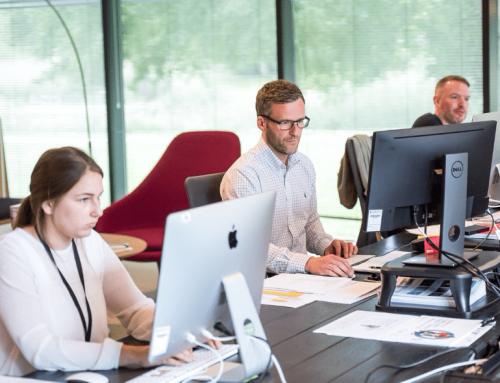Without a problem to solve or an injury to heal, my encounter with the Alexander Technique led to a transformation in my young woman’s view of how I could live my life and pursue my art. We often hear stories of the relief someone has finally found with their first Alexander Technique lesson. There are several impressive scientific studies demonstrating that AT has transformative effects for individuals with lower back pain, neck pain or difficulties in performing with musical instruments. However, my first encounter with Alexander Technique and the subsequent ten years of study and exploration tells a different story.
I didn’t have any physical problems or struggles with pain. I was in my second year of university. Do you remember how you were at that time in your life? I had just left home two years before and didn’t know anything. I was discovering the world. I wasn’t shaped yet. I was fresh, exploring, and I was passionate about becoming an actress.
I was at the beginning of my study of the art of acting, getting my Master of Fine Arts at Southern Methodist University in Dallas, Texas. That study put me more in touch with my emotions and gave me creative access to physical expression. I had already begun an exploration in the somatic life of the actor through powerful teacher/artists of the Avant Garde theatre like Sam Avital, Jerzy Grotowski and my beloved mentor, Jim Hancock. I didn’t even know what beautiful jewels I was getting.
Then, at the end of my second year of study one of my professors, Jack Clay, had just finished a sabbatical in which he had toured Britain, the USA, and I am not sure where else in the world, exploring many, what he called, “self-use training approaches” that were considered part of the Human Potential Movement, what we call Somatics today. Based on his experiences, Jack Clay produced the month-long International Movement Institute for performers and teachers of theatre performance in 1971. I was his student at the university and he arranged for me to be a helper. I ran around and helped with logistics. But I also took all the classes. One of those was the Alexander Technique. He had invited Marjorie Barstow to teach small groups each day and that is where I met her and benefited from her work.
I had two significant experiences in my first few days: the glorious sense of lightness and ease that a little bit of guidance from her hands gave me and a new sense of presence (though I wasn’t able to put it in to words at the time). The second experience was the miracle of seeing changes in others’ quality of use as they intentionally attended to the directions Mr. Alexander had developed. It was something I could understand. I thought “Oh, this is a world I didn’t know anything about and I get to be in it. I get to be in the world of consciously choosing how I experience my life!”. I thought, “I need more of this!”
So 51 years ago, at the green age of twenty I had found something that made clear sense and that I could gain command over. During the Institute I was studying many other physical theatre skills including Kathakali, stage combat, historical movement styles, Mabel Todd, Feldenkrais, T’ai Chi Ch’uan, and I was fascinated by how applying the Alexander Technique principals could change the outcome of each thing I performed. By the end of the month it was clear to me that Alexander Technique was a thread I could weave into all of my new understanding of how the act of performing on stage depended on my conscious use of my body.
The next year I finished my undergraduate studies. My professors encouraged me to pursue my graduate acting training, specializing in Theatre Movement. Jack Clay learned that Marjorie Barstow was inviting people to her first summer training where we could begin learning to teach the Alexander Technique. My professors provided me a scholarship to go to Lincoln, Nebraska and sit on her front porch with nine others for the month-long workshop. So began my apprenticeship with Marjorie Barstow.
That first group of ten people 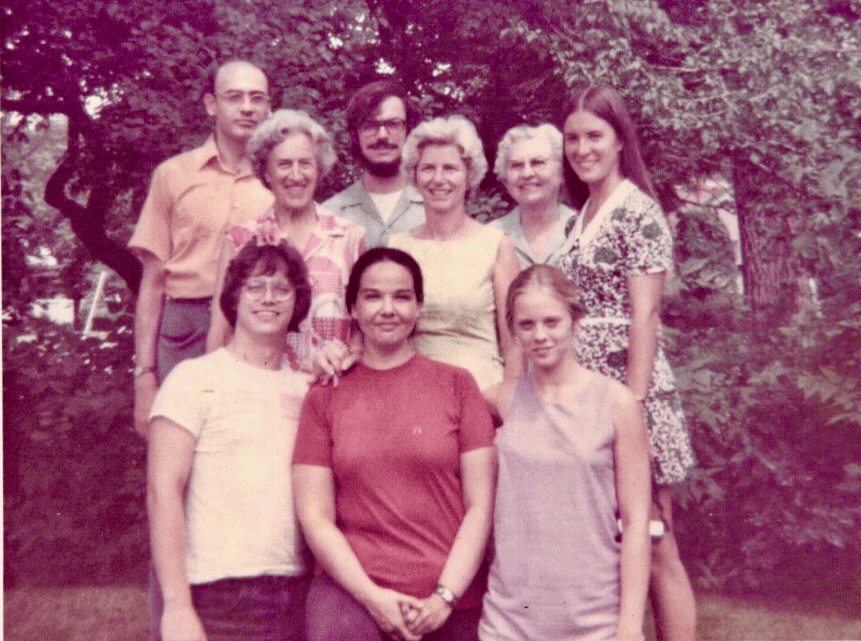 did so much together, always observing and attending to our behavior, physical and mental, sharing our insights and our challenges, encouraged by Marj to explore and experiment (like Mr. Alexander.) This photo is most of that first group (front row) Don Weed (1950 – 2022), Marjorie Bartow, Cameron Ford, Mary Braatan (back row) Eckhardt Richter (1926 -2021), Bill Conable, Suzanna (elderly woman with Parkinson’s), and Elizabeth. (Not pictured are Kathy Conable and Sarah Barker)
did so much together, always observing and attending to our behavior, physical and mental, sharing our insights and our challenges, encouraged by Marj to explore and experiment (like Mr. Alexander.) This photo is most of that first group (front row) Don Weed (1950 – 2022), Marjorie Bartow, Cameron Ford, Mary Braatan (back row) Eckhardt Richter (1926 -2021), Bill Conable, Suzanna (elderly woman with Parkinson’s), and Elizabeth. (Not pictured are Kathy Conable and Sarah Barker)
We met on the wrap-around front porch of her beautiful family home, 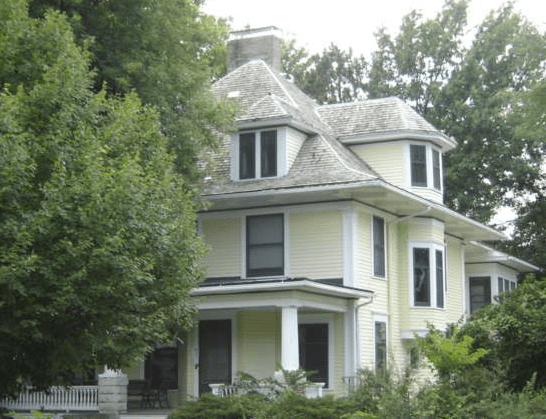 a Victorian-style built by her father. Sometimes we met in the dance studio above her garage. Sitting in a circle of chairs, standing and sitting, walking and always observing each other. Learning to detect the quality of movement and how it changed. Learning to see a person’s thinking effecting their body and to bring our own thinking into the light.
a Victorian-style built by her father. Sometimes we met in the dance studio above her garage. Sitting in a circle of chairs, standing and sitting, walking and always observing each other. Learning to detect the quality of movement and how it changed. Learning to see a person’s thinking effecting their body and to bring our own thinking into the light.
We discussed and applied the Alexander Technique to every activity we did.
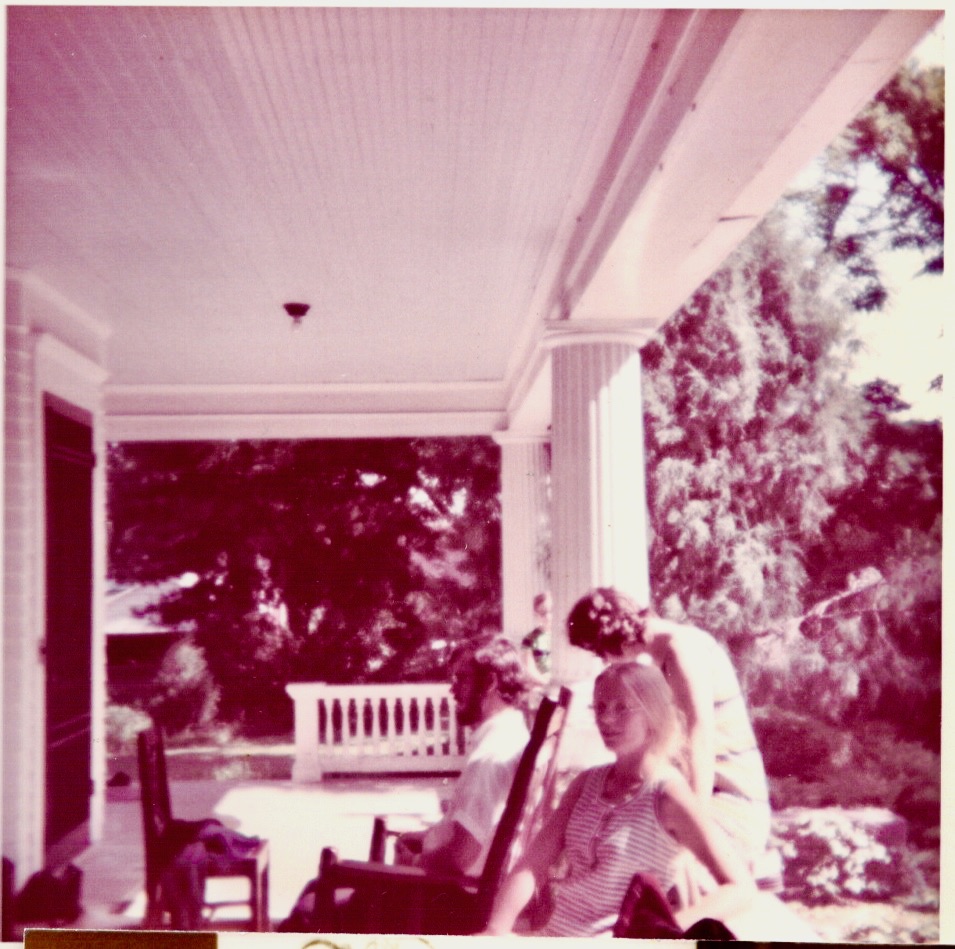 From the beginning I intended to apply what Marjorie Barstow was teaching me to developing my approach to acting. However, the nature of my studies with her was much broader than performance applications. It was lessons in a way of life.
From the beginning I intended to apply what Marjorie Barstow was teaching me to developing my approach to acting. However, the nature of my studies with her was much broader than performance applications. It was lessons in a way of life.
As I continued to study I sometimes stayed at Marj’s home. Doing ordinary Midwest American things like getting up early to get the raw milk at the local dairy, helping her strip the paint on her butler pantry doors, visiting her quarter horse ranch. And not to be missed, celebrating the Fourth of July at the “Old Homestead” back forty, with all the other students working with her.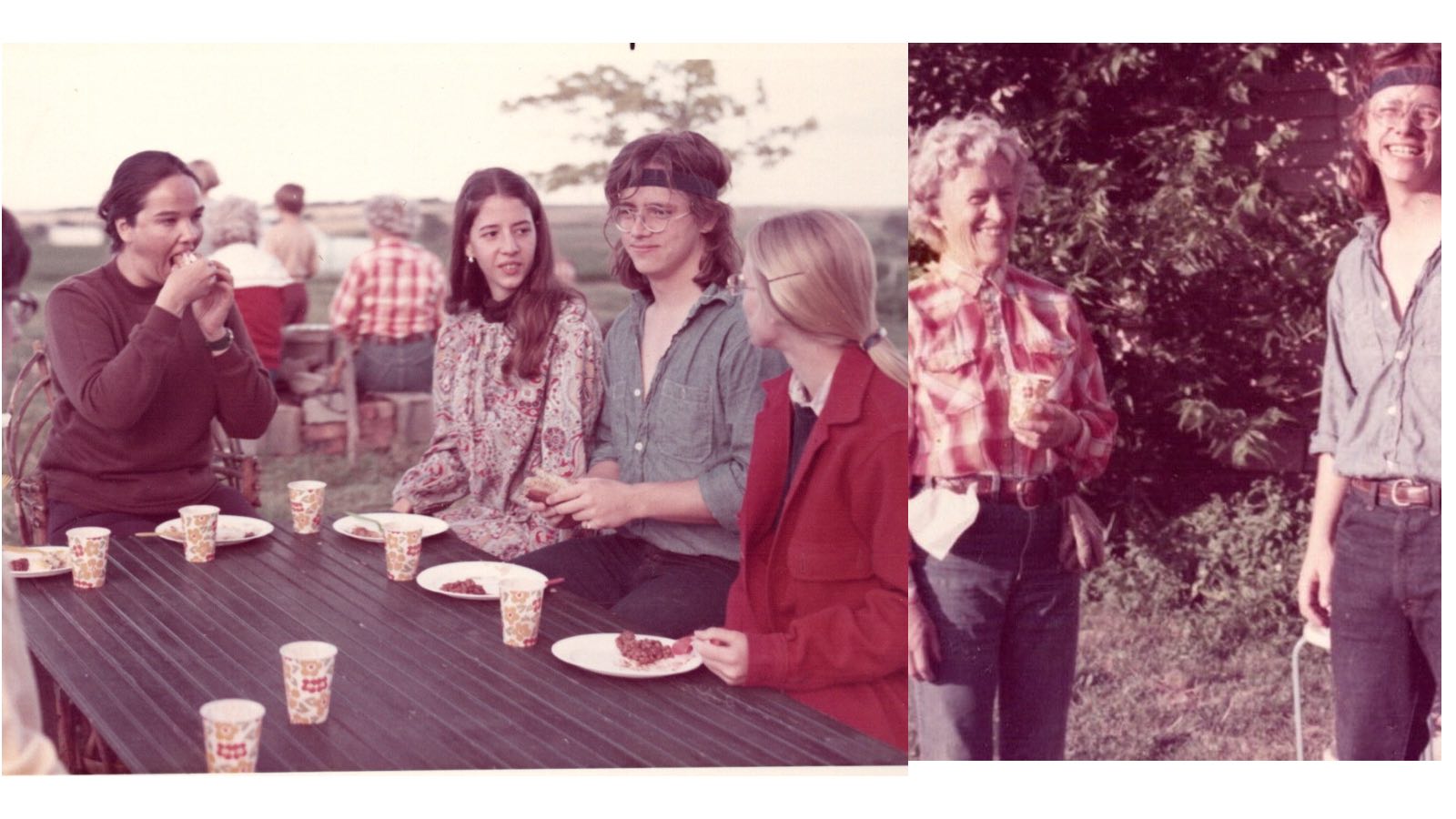 All the while observing how I was doing everything and discovering the ease in what I did.
All the while observing how I was doing everything and discovering the ease in what I did.
My journey was also psychological. In my early twenties I was learning to banish my habit of trying too hard, wishing to be right, wanting to please. I gained independence and insight into the human condition. This group of students that had gathered was not the typical university or training school cadre. There were young people like me, and families with young children, elderly adults and professionals already at the top of their professions. I benefitted from the diversity. My view of the world was expanding to include many different worlds and the application of Mr. Alexander principles to all the stations in life. I still appreciate the depth and breadth of that education. From the moment I began to study with her I was learning a philosophy of living. My study was a long apprenticeship and Marj Barstow remained my mentor and my model for teaching.
Studying the Alexander Technique with Marj Barstow was my first transformation, a revolution in my way of seeing and interpreting the world. I was launched upon a journey of exploring the somatic world, finding keys to developing my art of performance. It led to the certainty that through conscious awareness and choice I could live well.
I look forward to sharing more with you about training actors from this point of view, meeting the vicissitudes of life with these tools, and ways you can apply Alexander’s principles to your own life. Leave a comment about what aspect of your life you think Alexander Technique has or could help you with.
